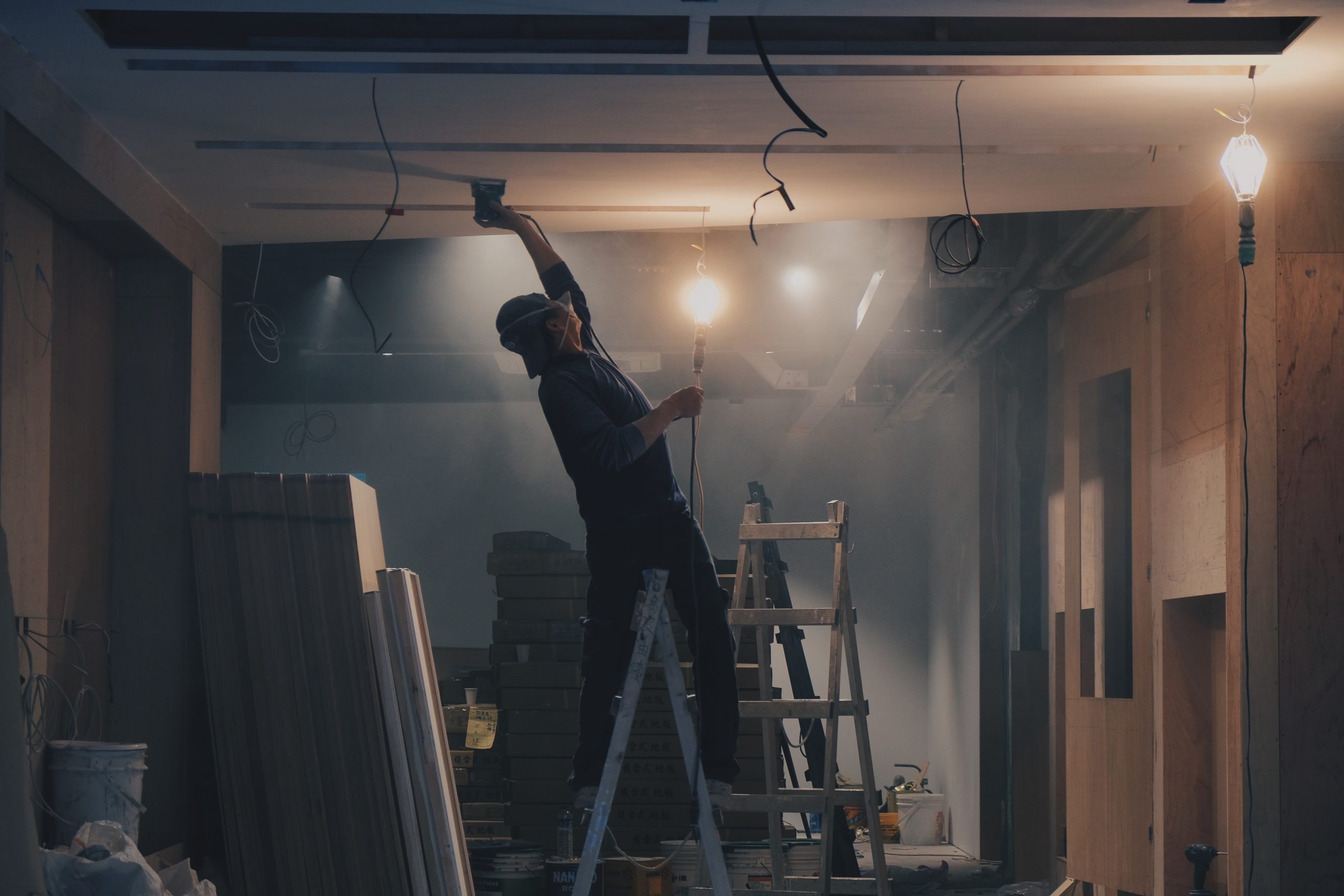What is Radon?
Radon is a colorless, odorless gas that is radioactive. It is created naturally through the breakdown of radioactive components such as uranium, which are present in varying amounts across the world’s soil and rock. Radon gas in the soil and rock can enter air, groundwater, and surface water through underground waterways. Radon is found in both outdoor and indoor air.

It’s most frequently discovered in low levels of air outside and drinking water from rivers and lakes. It can be found at higher concentrations in the air indoors, as well as in well water drawn from underground sources. Radon breaks down into solid radioactive by-products called radon progeny, which can attach to dust and other particles and be breathed into the lungs, giving off radiation that may harm DNA within the body’s cells. Most of the people’s exposure to radon comes from breathing indoors in homes, offices, schools, and other constructions.
Radon Exposure and Smokers
The quality of the rock and soil in a region determines radon levels inside residences and other buildings. Therefore, radon concentrations vary substantially throughout the world. People working underground, such as miners, are among the most susceptible to high amounts of radon in the workplace. People who work in uranium processing plants or are in contact with phosphate fertilizers, which may have high levels of radium, are also at a higher risk.
Radon progeny can accumulate in the lining of the lungs and emit radiation. This radiation may harm lung cells and cause cancer eventually. Worldwide, cigarette smoking is by far the most common cause of lung cancer, but radon is the second. Roughly 20,000 lung cancer deaths each year are caused by radon.
The combination of radon gas and cigarette smoke poses a greater danger for lung cancer than either factor alone. Most radon-related lung cancers develop in smokers. However, radon is also considered to be a major cause of lung cancer deaths in non-smokers each year.
How to Avoid Radon Exposure
Radon, which is in the air we breathe both in and outside, cannot be avoided. However, there may be things you can do to decrease your risk.
In Your Home
The greatest potential source of radon exposure for most individuals is in their home. To see whether you need to take actions to reduce your radon levels, check your home regularly. Do-it-yourself radon detection kits may be purchased over the internet or other home supply shops. The devices are put in the house for a certain length of time and then sent into a lab for analysis. Short-term kits are generally left in place for a few days before being sent back to the lab. Long-term kits, which can provide a more precise measure of average radon levels over a longer period of time, are usually kept in place for at least three months. Even new homes that were built “radon-resistant” should be tested. You could also engage the services of a professional to test the levels of radon in your house.

Seal cracks in floors and walls or increase ventilation with pipes and fans to decrease radon levels in your house. Because lowering high radon levels necessitates specific technical knowledge and abilities, hiring a qualified contractor to fix your home is advised.
You may raise your radon level or create other potential hazards and extra expenses if you don’t have the suitable tools or technical know-how. If you want to perform the job yourself, make sure you have adequate training and equipment. Certain construction materials may be “radon-proof” and help to reduce exposure in areas where radon levels are high. You can obtain more information from competent contractors.
In the Workplace
Exposure to radon (and radon progeny) is usually regulated in the workplace. Because radon is recognized to be harmful, modern mines have mechanisms in place to decrease exposures. For workers who are exposed to radon in the workplace, it is critical to follow established safety measures. If you’re worried that your exposure might be high enough to exceed the permitted levels, contact your employer’s safety officer or seek out responsible state organizations.
What to Do After Radon Exposure
If you smoke and have been exposed to higher levels of radon, you must try to quit. The combined effects of smoking and radon exposure boost the risk of lung cancer far more than each one alone.
If you think you might have been exposed to high levels of radon over long periods, talk with your doctor about whether you should get regular health check-ups and tests to look for possible signs of lung cancer.
Be aware of possible symptoms of lung cancer, such as shortness of breath, a new or worsening cough, pain or tightness in the chest, hoarseness, or trouble swallowing, and tell your doctor if you start to have any of these symptoms.

